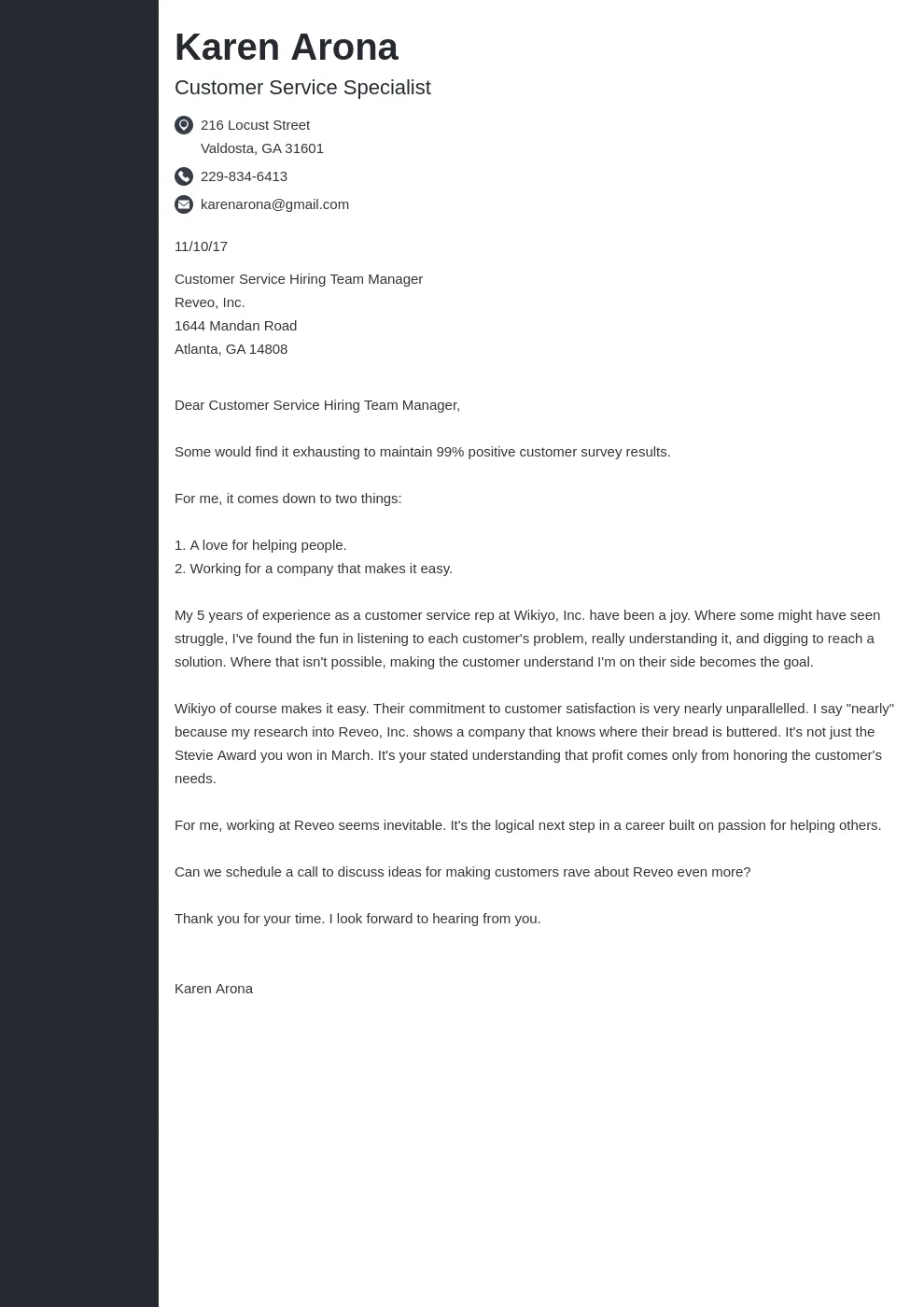Understanding the Importance of a Cover Letter Addressee
The addressee of your cover letter might seem like a small detail, but it’s actually a crucial element that can significantly impact how your application is received. Taking the time to address your cover letter correctly shows that you’re attentive to detail, professional, and genuinely interested in the specific opportunity. It demonstrates respect for the hiring manager and the company. A well-addressed cover letter immediately sets you apart from applicants who use generic salutations or, worse, neglect to address it at all. This simple act of personalization can make a significant difference in whether your application gets a second look.
Why Addressing Matters
Addressing your cover letter correctly is a sign of professionalism and shows that you’ve taken the time to research the company and the specific job opportunity. It indicates that you’re not just sending out a mass application but that you’ve personalized your approach. It subtly shows you’re serious about the role. Addressing the letter to the hiring manager or the relevant department head is more personal than a generic greeting. This approach catches the reader’s attention, making them more likely to read the entire letter and consider your application seriously. Personalization helps you stand out from the crowd.
Benefits of a Well-Addressed Cover Letter
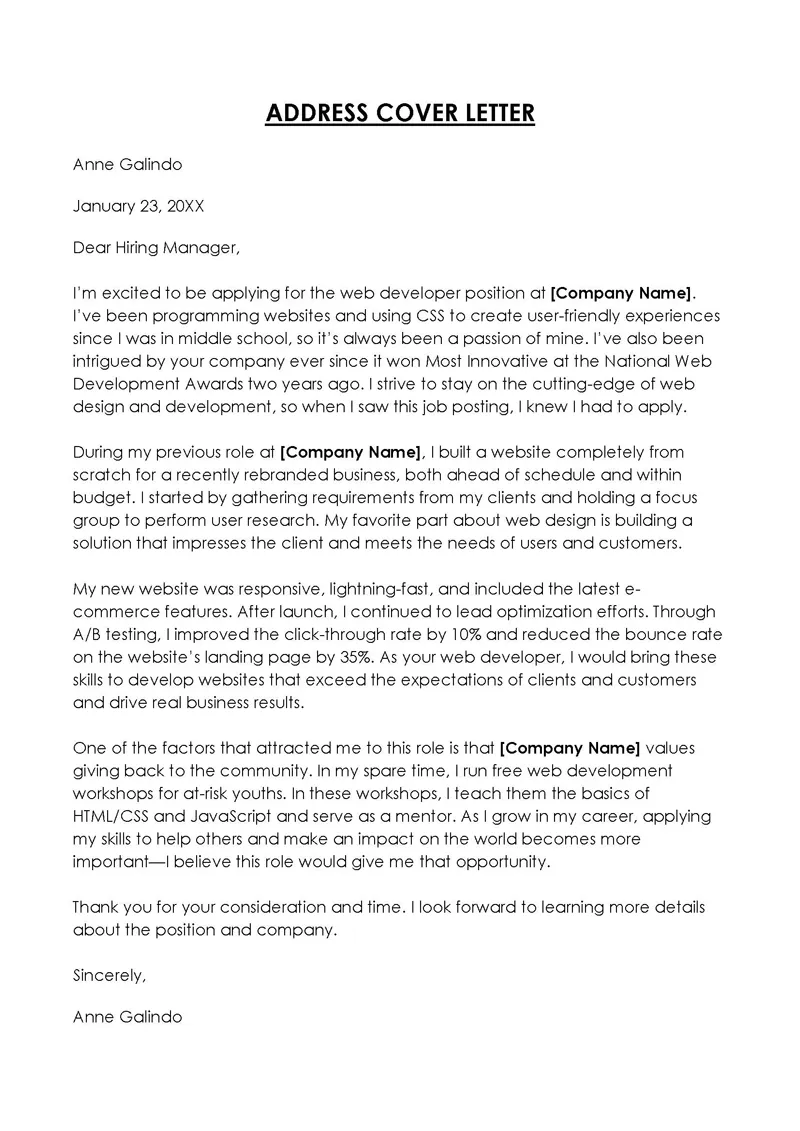
A well-addressed cover letter offers several key benefits. First, it increases the chances that your application gets noticed. A personalized approach immediately grabs the reader’s attention. Second, it helps to establish a positive first impression. Addressing the letter correctly shows you’re detail-oriented and shows respect for the company. This can be especially beneficial if you’re applying for a role that requires these qualities. Third, it shows you’re genuinely interested in the position. It can also serve as a subtle way to showcase your communication skills and professionalism, which are critical in the workplace. Using the right addressee is one of the first steps to getting hired.
Top 5 Tips for Addressing Your Cover Letter
Research the Hiring Manager
The most effective approach is to address your cover letter to the hiring manager by name. Start by researching who the hiring manager is. Use LinkedIn, the company website, or even a simple Google search. This shows initiative and demonstrates that you’re invested in the specific opportunity. If the hiring manager’s name isn’t readily available, try to find the name of the department head or the recruiter. If you can’t find a specific person, it’s better to address the letter to the department (e.g., “Hiring Team” or “Human Resources Department”) than to use a generic salutation. Using the name, if possible, can really make a difference, as it immediately personalizes the content.
Use the Correct Title and Name
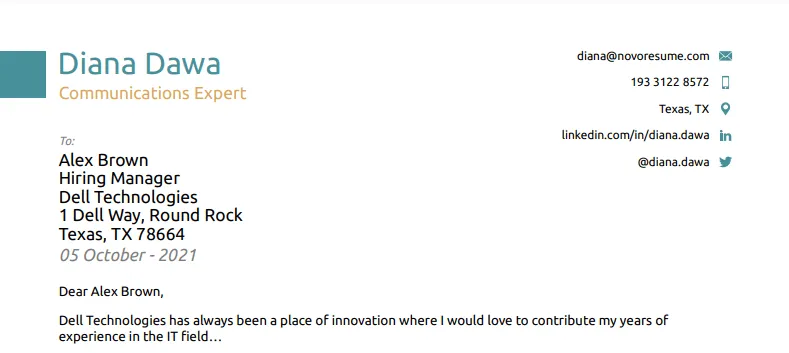
Once you’ve identified the hiring manager, ensure you use the correct title and name. Double-check the spelling and title (e.g., Mr., Ms., Dr.). Incorrect titles or misspelt names are a common mistake and can create a negative first impression. If you’re unsure about the preferred title, err on the side of formality. It’s better to be overly formal than to make a mistake. A simple online search can confirm the correct spelling and title. Using the correct title and name shows that you’re detail-oriented and professional. It demonstrates that you’ve taken the time to show respect for the individual.
When to Use ‘To Whom It May Concern’
While it’s always better to address the cover letter to a specific person, there are situations where this isn’t possible. If you can’t find the hiring manager’s name, you can use a more general salutation. In such cases, use a professional alternative. Consider addressing the letter to a specific department (e.g., “Hiring Manager, Marketing Department”). If the department is also unknown, use “Dear Hiring Team” or “Dear [Company Name] Hiring Committee”. Only as a last resort should you use “To Whom It May Concern.” The goal is to avoid appearing impersonal. Always strive for a personalized approach whenever possible.
Proofread Carefully
Proofreading is a crucial step in the cover letter writing process. Errors in the addressee’s name or title can undermine your credibility. Always proofread your cover letter multiple times. Read it aloud to catch any mistakes that you might miss when reading silently. Ask a friend or colleague to review your cover letter. Another pair of eyes can often spot errors that you’ve overlooked. Proofreading includes checking spelling, grammar, and formatting. Make sure the font is consistent. Proofreading can help to make a good impression on the person who reads your cover letter, and you will be considered for an interview.
Format Your Address Correctly
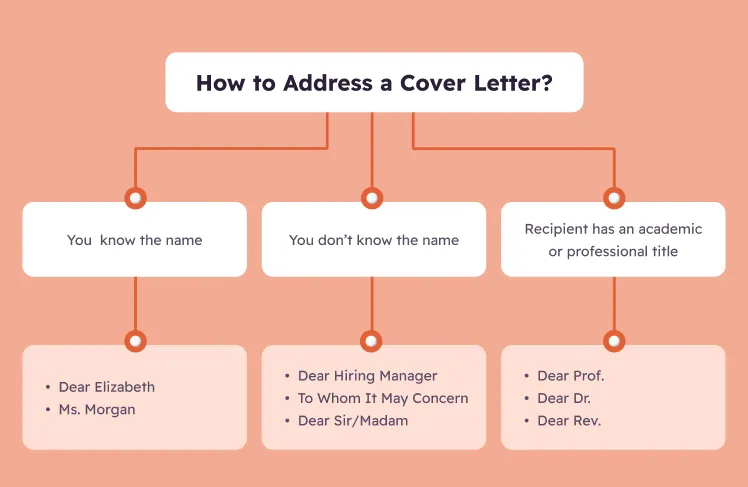
The format of your address should be professional and consistent. Use a standard business letter format. The addressee’s information should be left-aligned and placed at the top of the letter, below your contact information. Ensure that the salutation (e.g., “Dear Mr. Smith”) is followed by a colon (:) or comma (,). Maintain consistent spacing throughout the letter. If you are sending an email, include the name of the addressee in the greeting. Consistent formatting creates a professional appearance, which can positively affect the reader’s impression of your application.
Common Addressing Mistakes to Avoid
Incorrect Spelling or Grammar
Incorrect spelling or grammar in the addressee’s name or title is one of the most common mistakes. This immediately suggests a lack of attention to detail. Double-check all names and titles before sending your cover letter. If you have any doubts, confirm the correct spelling and title. Using a grammar checker can also help. Correct spelling is always a signal of professionalism, and that is the most important point in a cover letter. Consider having someone else review the letter for you as a last check to ensure there are no spelling or grammar errors.
Using the Wrong Title or Position
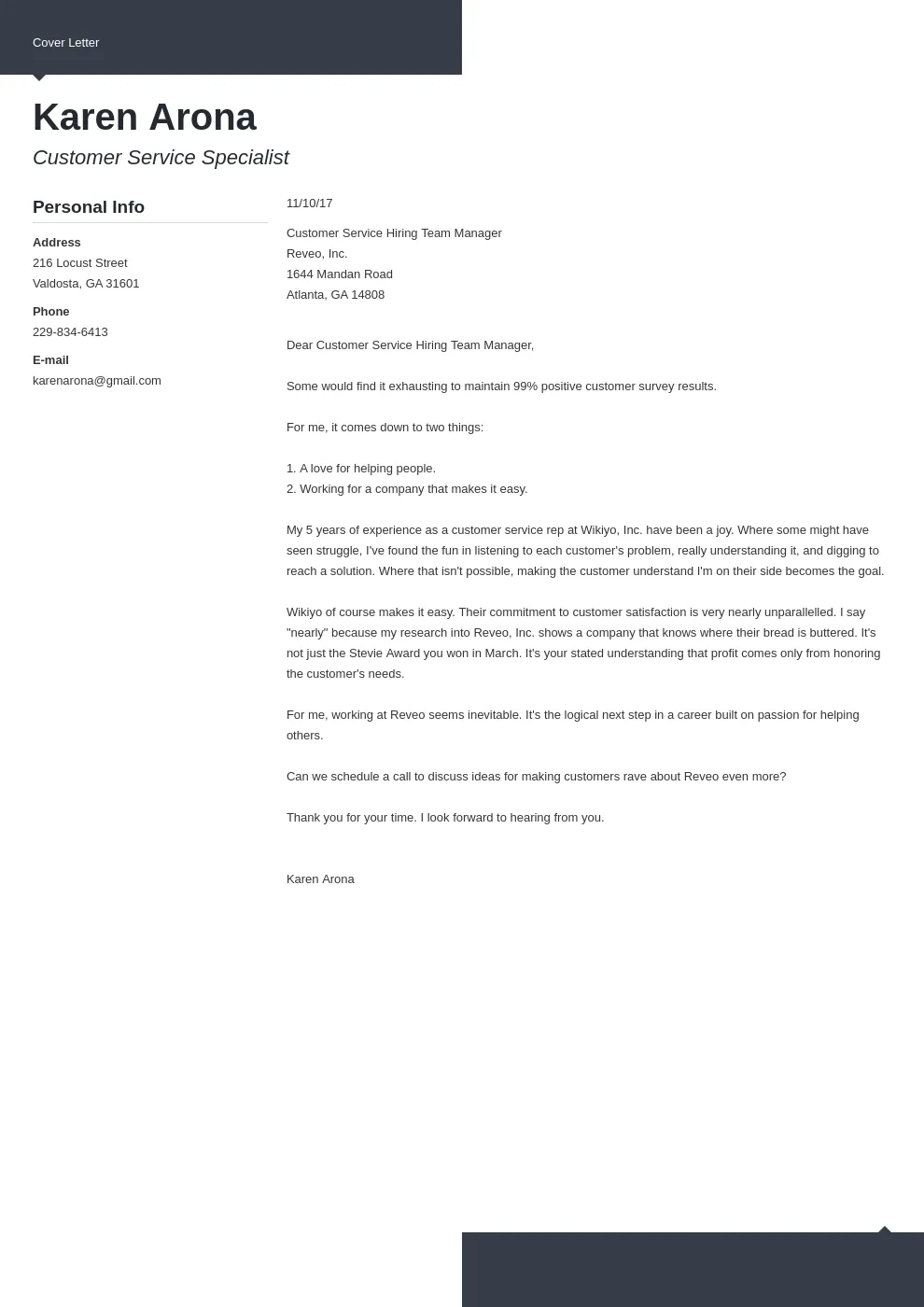
Using the wrong title or position is another common error that can hurt your application. Ensure that you use the correct title for the person you’re addressing. If you’re unsure, it’s best to err on the side of formality. Research the individual’s current role on LinkedIn or the company website. Using the wrong title can be embarrassing. Double-check all job titles and ensure that they are accurate. If you are still unsure, using a department name is always a safe bet. Correct titles show respect for the person and can make a good first impression.
Failing to Personalize
One of the biggest mistakes is failing to personalize your cover letter. A generic salutation (e.g., “To Whom It May Concern”) tells the reader that you haven’t invested time in the application. Always try to find the hiring manager’s name and address the letter to them directly. Using a specific name makes it clear that the cover letter is not a mass-produced document. It will capture the reader’s attention, making them more likely to read the entire letter. Personalization also demonstrates initiative and a genuine interest in the position, which can significantly increase your chances of getting an interview.
Conclusion
Addressing your cover letter correctly is more than just a formality; it’s an essential part of a successful job application. By following these tips and avoiding common mistakes, you can make a strong first impression and increase your chances of getting noticed. Remember to research the hiring manager, use the correct title and name, and always proofread your cover letter. Taking the time to personalize your approach shows respect for the company and the hiring manager and can significantly improve your chances of landing an interview. Good luck with your job search!
